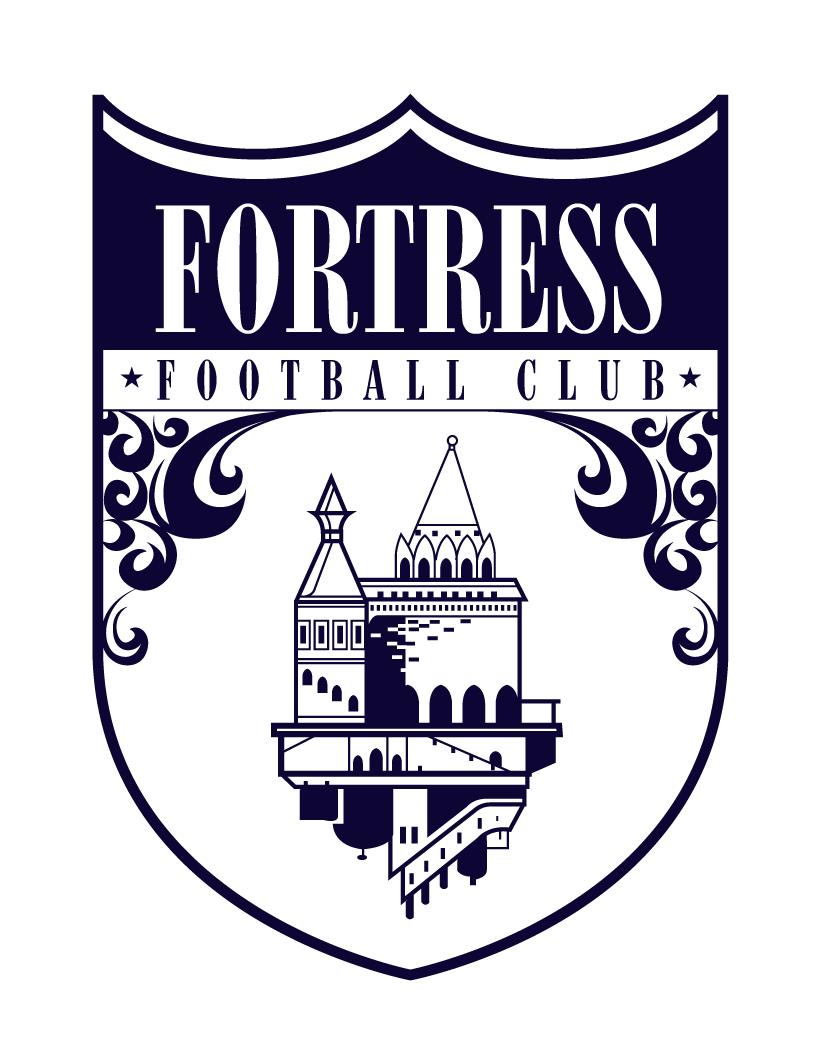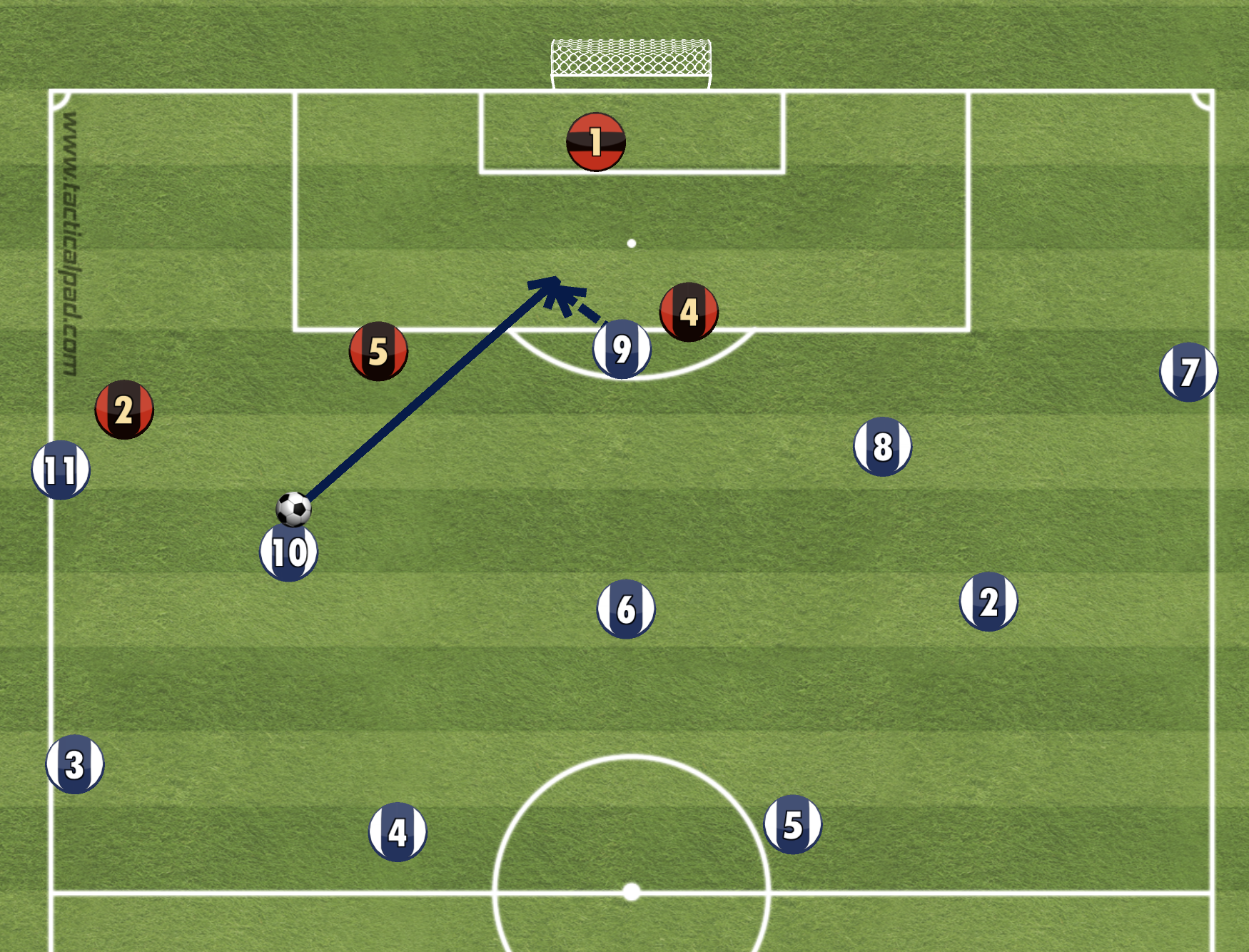Attacking Patterns - 2009 Boys
Hi Parents,
Our focus this week is attacking patterns.
Attacking patterns are a series of rehearsed movements, passes, and dribbles to go up the field and score a goal,
Choreography is key here. Often, we think of sports like football, basketball, softball, and baseball as having more choreography. These sports have regimented breaks where players can talk to one another without the opposition interfering. Soccer has one (halftime).
But learning where teammates will be when a player has the ball is extremely important. If I have the ball under pressure, it’s hard for me to pick my head up, scan, find a teammate in space, then pass it to them. Sometimes, we only have a split second to decide where to go with the ball and we haven’t scanned (not ideal! ABS: Always Be Scanning).
Our first attacking pattern is up the sideline. The ball starts with 4. 3 moves to support 4 and be the option directly to his left. 3 receives the ball as 11 is checking back to become an option:
3 receives the ball as 11 is checking back to become an option. 3 passes to 11:
11 does not have much time as his marker, opposition’s 2 (right back), is closing him down. 11 plays 10 quickly and moves up the field for a "give and go” or “1,2”.
11 is ideally in a 1v1 situation with the opposition’s 5 (right center back). He beats him on the dribble and sprints to the end line and into the 18 yard box. 10 moves to the top of the box. 9 goes near post. 8 goes to the penalty spot, and 7 sprints to the back post:
11 crosses it on the ground to an open player on our team. Ideally, this is a hard, driven cross to the near post even it it’s crowded. Sometimes, though, 10 or 8 are wide open and it is better to play them than into the near post.
When it’s crowded in the box, a hard driven pass on the ground at the near post is best. Often enough, our opponent’s will do our job for us and the ball will hit off of their foot or leg and into the net.
Here’s the view of the team as the pattern is finished:
Our second pattern is when the pass to the 10 is not valid, or the give and go will not work.
We must recycle the ball and switch it to the other side. The pattern could work on this side and we will try. If not, we switch the ball again, probing the defense to react and find a hole in their defensive line. This can happen at any time during the probing phase and must be recognized by teammates on the field.
It may be ideal for 10 to pass the ball to 9 in between the center backs and in space to be 1v1 with the keeper:
This is one option of many creative and intuitive patterns that happen during the game.
A series of cue (ball comes to a specific player), response (movement into ideal position), and reward (receive the ball) cycles, with the ultimate “goal” of a goal!







